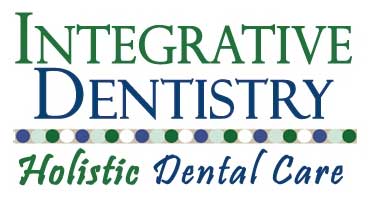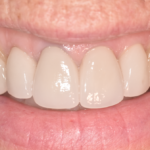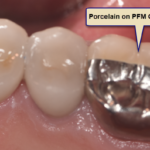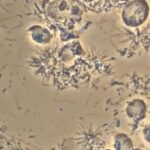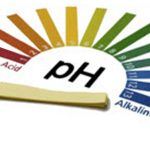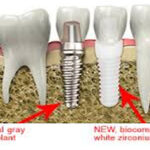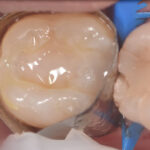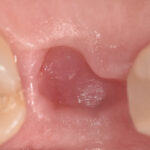‘Going Green’ is about a paradigm shift involving habitual behaviors and small, day to day choices. As Mother Theresa said, “One cannot do great things. One can only do small things with great love”. Every item that we choose to dispose of or conserve has a cumulative, global impact on our environmental health that becomes more evident with every passing day.
The need for a ‘greener’ perspective in making these choices is true in business and healthcare as well. As a practicing San Diego holistic dentist, I am often surprised by the amount of waste that dental treatments can generate. Of particular concern is the scrap metal produced by procedures such as amalgam replacement or removal. It has been estimated that up to 14% of the metal waste in the oceans is from dental amalgam.
Technology exists that allows dental offices to filter out metal scraps before they find their way into public water sources. Wastewater treatment plants are designed to treat refuse liquids containing conventional pollutants such as human and food waste. The treatment process does not completely remove heavy metals, including mercury. As a result, some mercury will remain. in the treated wastewater discharged into the water system.
Currently ten states mandate amalgam separators, the type of filtration which removes mercury and other metals found in amalgam waste before it enters the water supply. The six New England states, New York, New Jersey, Oregon and most recently Michigan have made amalgam filtration mandatory. Elsewhere, amalgam filtration is voluntary, with one notable exception.
Starting in the 1990’s, studies of the San Francisco Bay revealed a dozen toxic pollutants. Among these were high levels of mercury, which was traced back to local dental offices. Due to mercury toxicity, fish consumption advisories have been issued for the San Francisco Bay Area. Recent studies have shown that 61% of the mercury entering the main treatment facility there is from dental practices. Starting in the summer of 2009, information was sent to Bay Area dentists concerning the newest statutes regarding amalgam filtration; all dental offices will need to be compliant by December of 2010.
Additionally, last year the EPA established the Total Maximum Daily Load of mercury allowable for the Bay, as well as regulations ensuring that bio-solids (treated waste matter) can be safely reused for land application and landfill cover. These regulations require the main treatment plant to meet concentration limits for heavy metals, including mercury. With the availability of durable, tooth-colored composite material, amalgam usage is declining. However the number of amalgam fillings .placed every year is still in the millions.
Another metal associated with dentistry is nickel, a common component of metal-based and stainless steel crowns. Nickel is encapsulated within dental materials and thus contained within the mouth. It is released into the air by industry, crematoriums and trash incinerators. While OSHA does not have it listed as cancer-causing, the International Agency for Research on Cancer and the National Toxicology Program have it listed as a likely carcinogen. Not much is known about effects of nickel on organisms besides humans. Nickel is not known to bio-accumulate the way that mercury does in fish.
As of September 2008, the Environmental Protection Agency continues to support voluntary amalgam filtration, and the California Dental Board follows this guideline. Environmentalists hope that Governor Schwarzenegger’s ‘green legacy’ will include more active legislation to protect California’s natural resources from waste metals, including metals from dentistry.
Meanwhile, ‘going green’ continues to develop as a grass roots movement. A growing awareness of the effects of what we put into our mouths and bodies, whether through diet or dental materials, is creating momentum for the change to sustainability. One question regarding conservation to ask in your dentist’s office is: “Do you have an amalgam separator?” Voluntary use of this type of filtration is a great way to contribute to a ‘greener’ way of life.
By asking questions and looking for solutions to keep our environment sustainable, we find that there are small things we can do every day to preserve our beautiful planet.
Dr. Carey O’Rielly is a holistic dentist in San Diego, California who truly understands and practices the tenets of holistic health, both as a practitioner and in his personal life. His remarkable knowledge of the field came about through years of study and experience, initiated by his own work-related health challenges.
